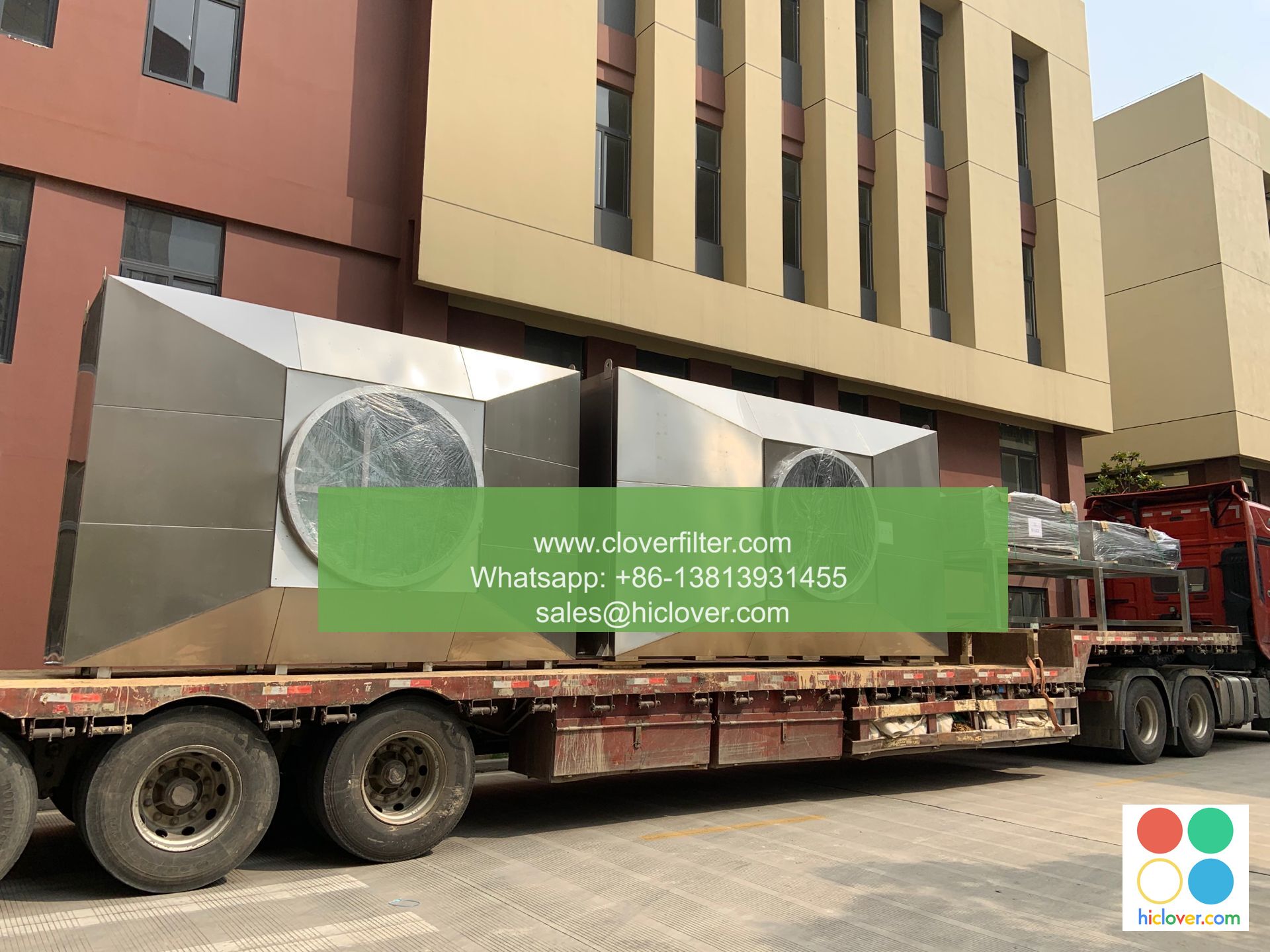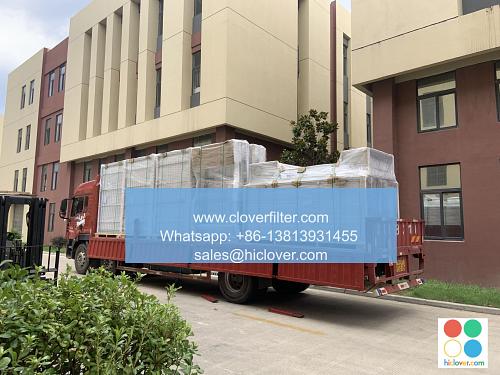Airborne Contaminants in the Food and Beverage Industry: Control Strategies

The food and beverage industry is a complex and multifaceted sector that requires strict controls to ensure the quality and safety of products. One of the key challenges in this industry is the management of airborne contaminants, which can pose significant risks to product quality, consumer health, and regulatory compliance. In this article, we will discuss the importance of controlling airborne contaminants in the food and beverage industry, and explore various control strategies that can be employed to mitigate these risks.
Introduction to Airborne Contaminants
Airborne contaminants refer to any substances that are suspended in the air and can potentially come into contact with food and beverage products. These contaminants can include microbiological hazards such as bacteria, viruses, and mold, as well as particulate matter like dust, pollen, and other airborne particles. Airborne contaminants can be introduced into food and beverage production facilities through various means, including ventilation systems, personnel traffic, and processing equipment.
Risks Associated with Airborne Contaminants
The presence of airborne contaminants in food and beverage production facilities can pose significant risks to product quality and consumer health. Microbiological contaminants can cause foodborne illnesses, while particulate matter can affect the texture, appearance, and flavor of products. Additionally, airborne contaminants can also lead to product spoilage and reduced shelf life, resulting in significant economic losses for food and beverage manufacturers.
Control Strategies for Airborne Contaminants
To mitigate the risks associated with airborne contaminants, food and beverage manufacturers can employ various control strategies. These include:
* Air filtration systems: Installing HEPA filters or ULPA filters in ventilation systems to remove airborne contaminants and particulate matter.
* : Designing ventilation systems to minimize the introduction of airborne contaminants and ensure adequate air exchange rates.
* Personnel hygiene and training: Implementing strict hygiene protocols and providing regular training to personnel on the importance of controlling airborne contaminants.
* Processing equipment design: Designing processing equipment to minimize the generation of airborne contaminants and ensure easy cleaning and sanitation.
* Environmental monitoring: Conducting regular environmental monitoring to detect and respond to airborne contaminants.
Application Areas for Airborne Contaminant Control
The control of airborne contaminants is crucial in various application areas within the food and beverage industry, including:
* Dairy processing: Controlling airborne contaminants is critical in dairy processing to prevent the introduction of bacteriological hazards and ensure the quality of dairy products.
* Bakery and confectionery: Airborne contaminants can affect the texture and appearance of bakery and confectionery products, making control strategies essential in these application areas.
* Meat and poultry processing: The control of airborne contaminants is vital in meat and poultry processing to prevent the introduction of pathogenic microorganisms and ensure the safety of products.
* Beverage production: Airborne contaminants can affect the flavor and quality of beverages, making control strategies essential in beverage production.
Conclusion
In conclusion, the control of airborne contaminants is a critical aspect of ensuring the quality and safety of food and beverage products. By employing various control strategies, including air filtration systems, ventilation system design, personnel hygiene and training, processing equipment design, and environmental monitoring, food and beverage manufacturers can mitigate the risks associated with airborne contaminants. It is essential to apply these control strategies in various application areas, including dairy processing, bakery and confectionery, meat and poultry processing, and beverage production, to ensure the production of high-quality and safe products. It seems like you haven’t provided a prompt for me to respond to. Could you please provide more context or ask a question so I can assist you better?

